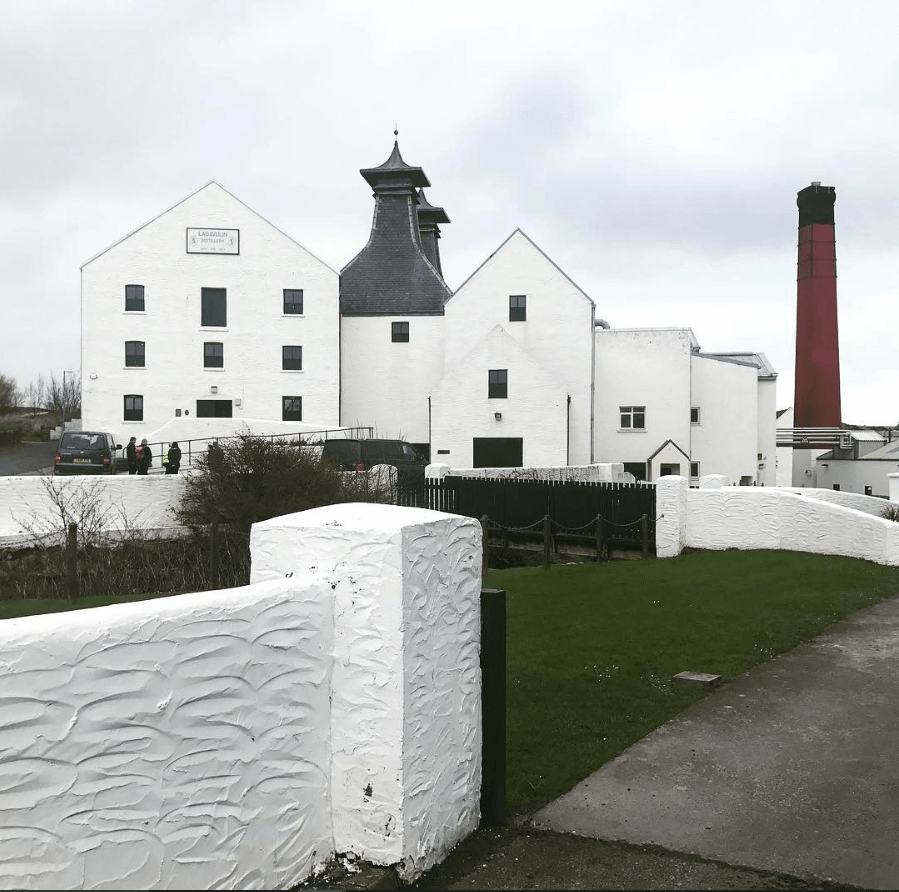Scotland is a country famed for many things. The beauty of it’s landscape, the welcoming people, the vibrant and interesting culture, a wealth of history, and some of the most important scientific advancements of the last century. There is one thing, however, that will come to mind first if you were to ask anyone to name something Scottish – whisky. Whisky – known in Gaelic as Uisge Beatha, or water of life – has been the main spirit of Scotland for centuries. These days, one of the most famous (or infamous, depending on your point of view) styles of whisky is Islay whisky.
Islay Whisky & The Island It Comes From
As the southernmost island in the Outer Hebrides, Islay is a weather beaten island harbouring around 4,000 people – about a quarter of whom speak Scots Gaelic – and a significantly larger number of sheep. While the islands main industry is technically agriculture, in reality it’s best known for it’s Islay whisky. Some of the distilleries on the isle have been operating for more than 200 years.
The island itself is covered in peat, a form of fuel similar in nature to coal. Peat, unlike coal, is formed on the surface from, like coal, decaying vegetation. A peat bog grows at around 1mm a year, so aging peat bogs can be done by examining the depth to which they extend. Peat makes for an excellent fuel source once dried into briquettes and has been a major source of heat and power for Islay for generations. It is also the reason for the distinct flavour of Islay whisky.
Peat & Its Role In The Flavour Of Islay Whisky
When the damp malt used in the distillation of whisky needs dried on Islay, they use peat. This peat imparts a level of peated flavour to the malt which in turns give the Islay whiskies their particular smokey taste. This, alongside seaweed and the water used, also contributes to what many describe as a “medicinal” flavour to the Islay whisky. The “medicinal” aspect comes from iodine found in the various different ingredients, what with Islay being an island in the Hebrides.
Having said this, Islay whiskies aren’t just peat and smoke and fiery, taste bud killing madness. The distilleries display a fantastic variety in their malts, with subtle and not-so-subtle distinctions between all of them. At present, there are only 8 distilleries active on the island, but each produces a unique and distinctive whisky; in many cases, they produce more than one.
The Classic Laddie
Bruichladdich are one of the distilleries that still function of Islay and a name that anyone with a passing knowledge of Scottish whisky will be familiar with. Founded in 1881, Bruichladdich has gone from strength to strength and today distills one of Scotland’s most recognisable malts: The Classic Laddie, previously known as the Bruichladdich 10 year old. The Classic Laddies is distilled from Scottish Barley and matured in American Oak, giving it a wonderfully sweet finish.
Tasting Notes
Nose – Barley sugar, wild flowers, hints of sea air, fruits and honey
Palate – Sweet oak, ripe fruit, brown sugar
The Classic Laddie is fantastic starting point for Islay whisky novices. It is very easy to access while still being interesting enough in character to warrant further inspection and fuel the curiosity. Go and research the other Islay whisky distilleries for starting points on where to look for more interesting whiskies.
























Leave a Reply